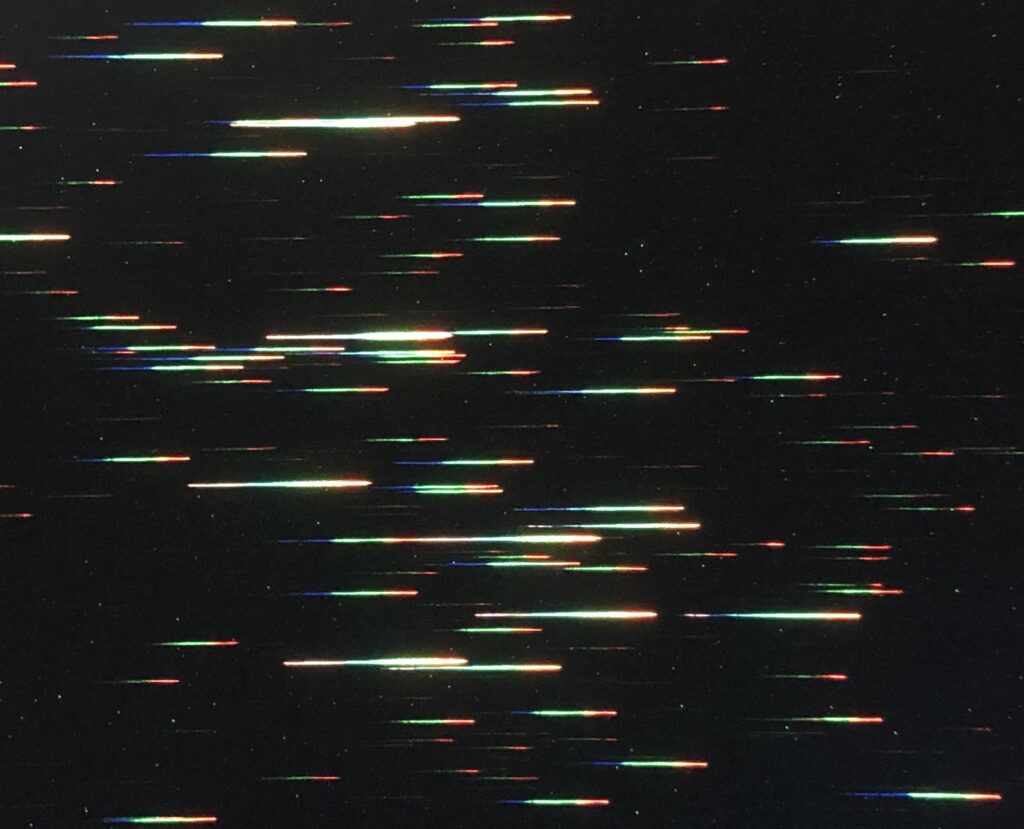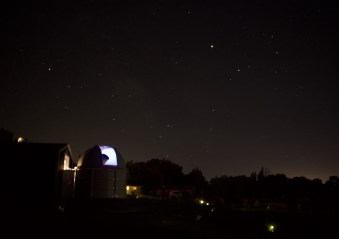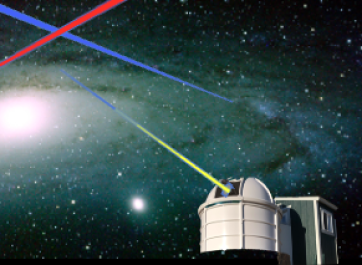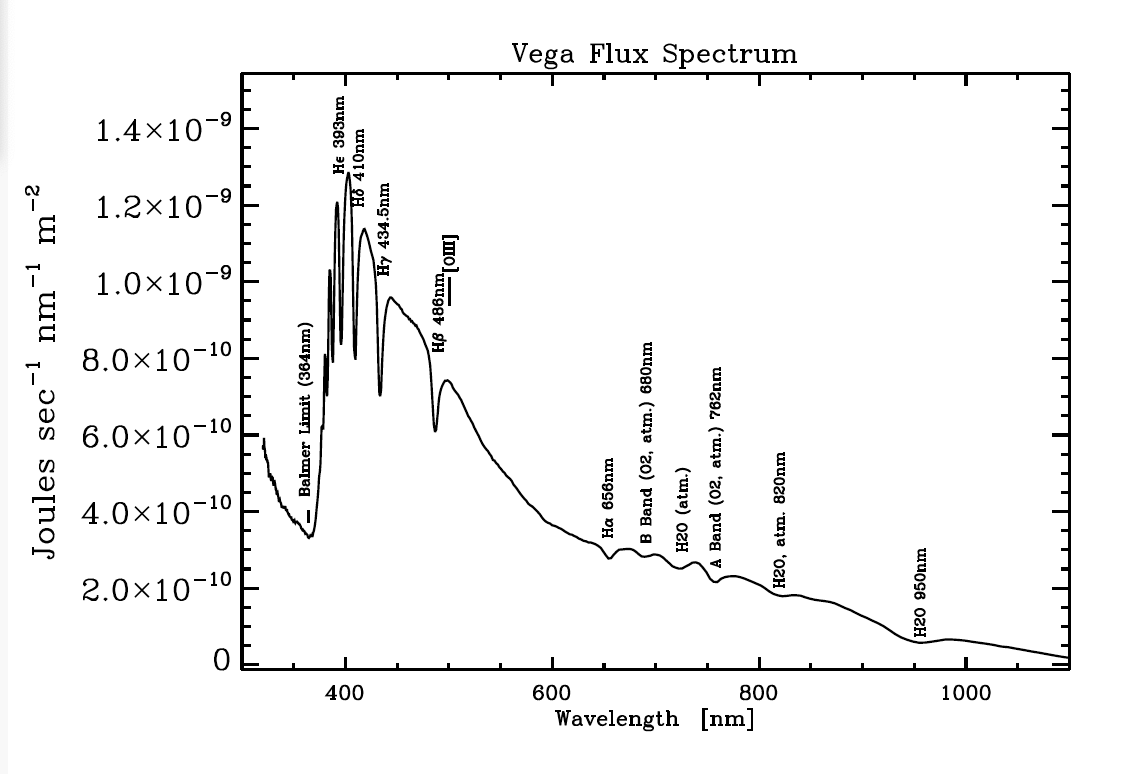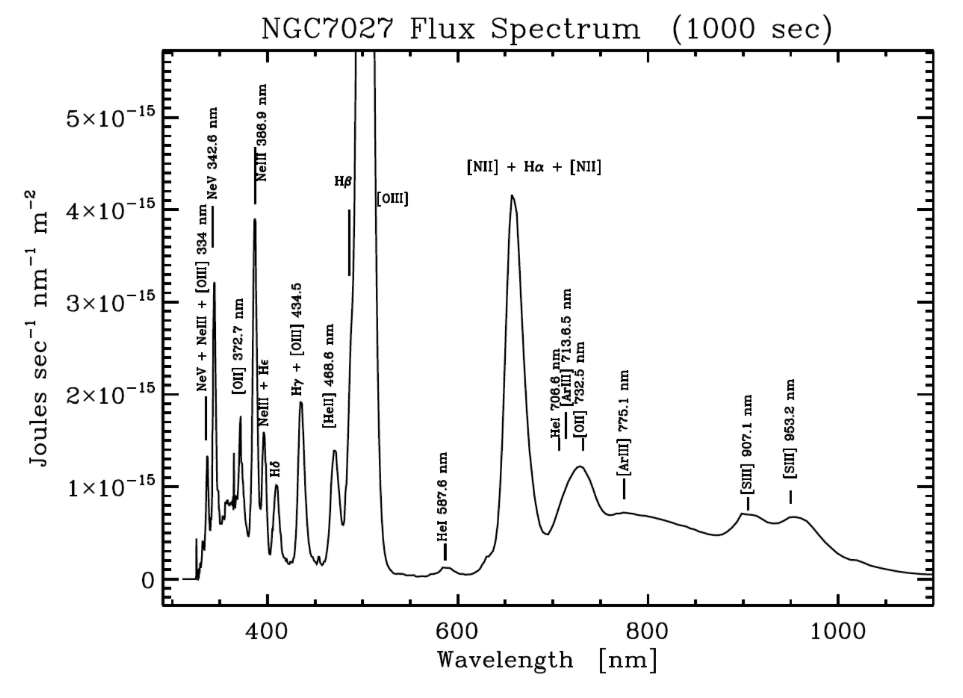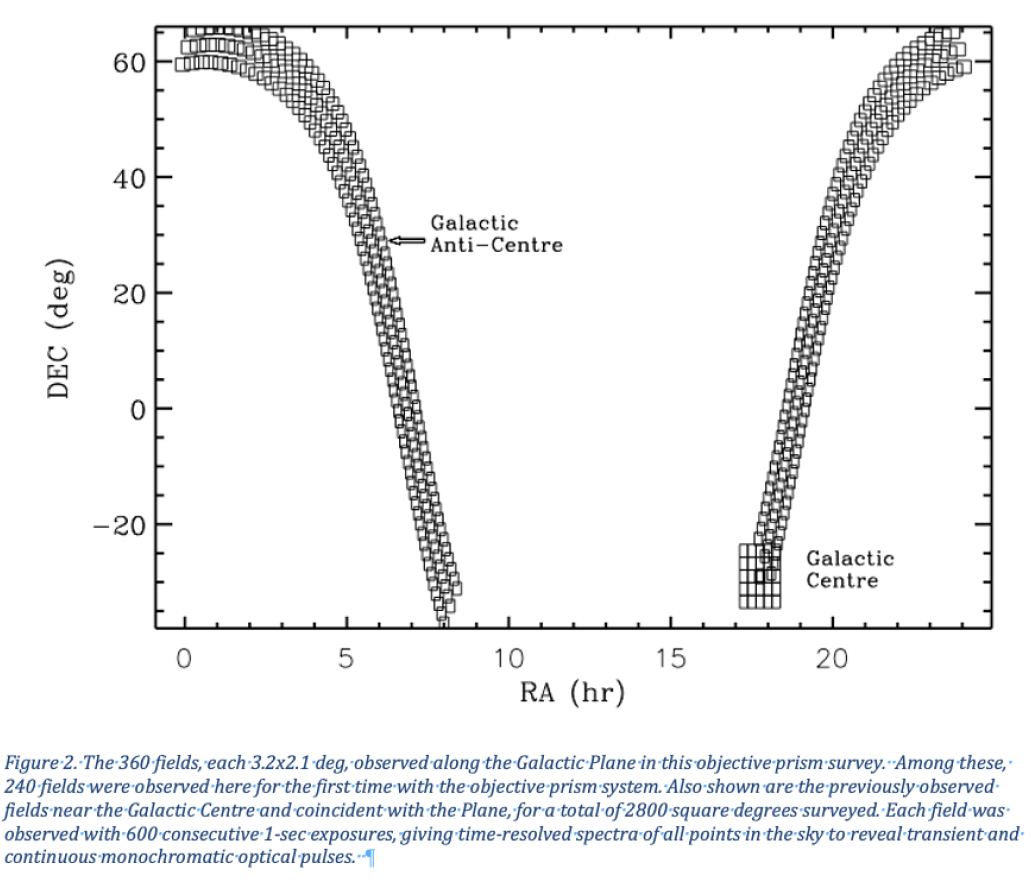
“It would be appropriate to examine high-resolution stellar spectra for lines which are unusually narrow, at peculiar frequencies or varying in intensity.”
1961, Nature, 190, pg.205.

“Lasers can increase your data rate from Mars by 10 times over what you get from radio.”
JPL Director of Interplanetary Network Directorate

“One great advantage of optical SETI is that there’s no terrestrial interference.”

“Optical Inter-Satellite Links are the essential building block for next generation commercial and government space networks.”
CEO Mynaric
